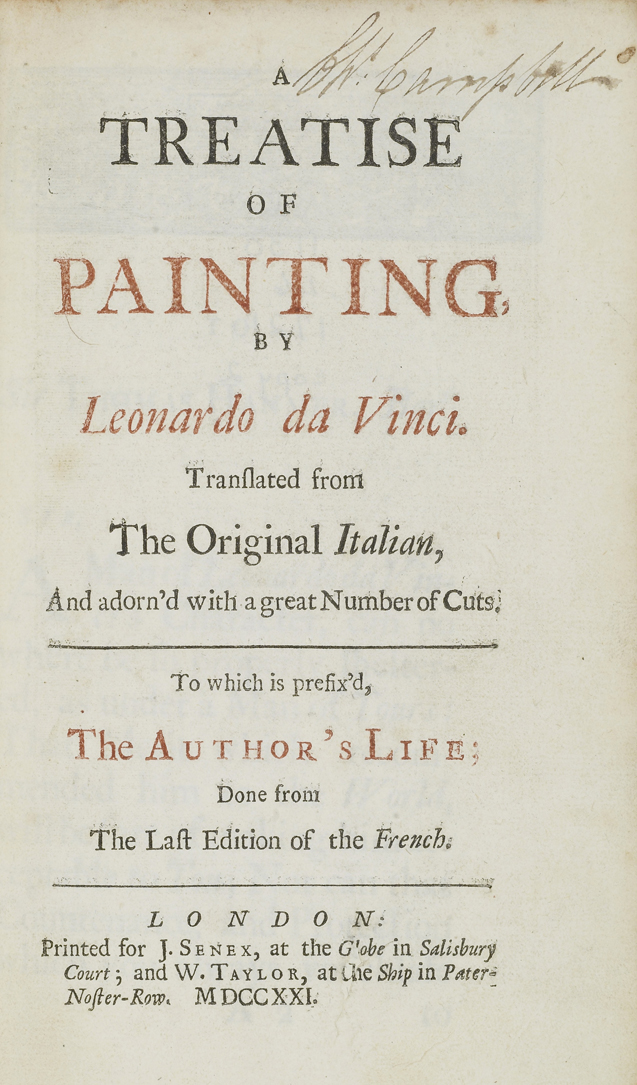
A Treatise on Painting, by Leonardo da Vinci
1721
Senex and Taylor, London
Chapter Display  |
|
The Force wherewith a Man pulls towards him, is considerably greater than that wherewith he thrusts from him. The Reason is, that in pulling, the Muscles of the Arm, which are of no use in thrusting, joyn their Powers with those of the other Muscles, which serve indifferently in thrusting or pulling, and augment their Force; whereas, in thrusting, the Arm being stretch'd out straight, the Muscles which give the Elbow its Motion, are of no use in the Action; making no effort, beyond what would be made by the Shoulder, if lean'd against the Thing to be moved: so that as there are no Tendons, nor Muscles, found to contribute towards that Effect, excepting those, which when the Reins are bowed, or the Legs bent, serve to reduce them to their Straightness again, and which lie under the Thigh, and in the Calf of the Leg; it follows, that there being a greater Number of Powers, which conspire, and act conjunctly in pulling, than in thrusting, the Arms, the Legs, the Back, and even the Stomach, (as the Body is more or less bent,) contributing to the former, and the force of the Arms being to be omitted, in the account of those acting in the latter; the Action of pulling, must carry with it a greater Power, than that of thrusting: For it must be remembred, that tho' the same parts of the Body, concur to the one and to the other, yet, that the Action of the Arms is without Effect in thrusting; the Arm which is then stretched out straight, and without Motion, being just equivalent to a stick, interposed between the Shoulder, and the thing to be thrust.